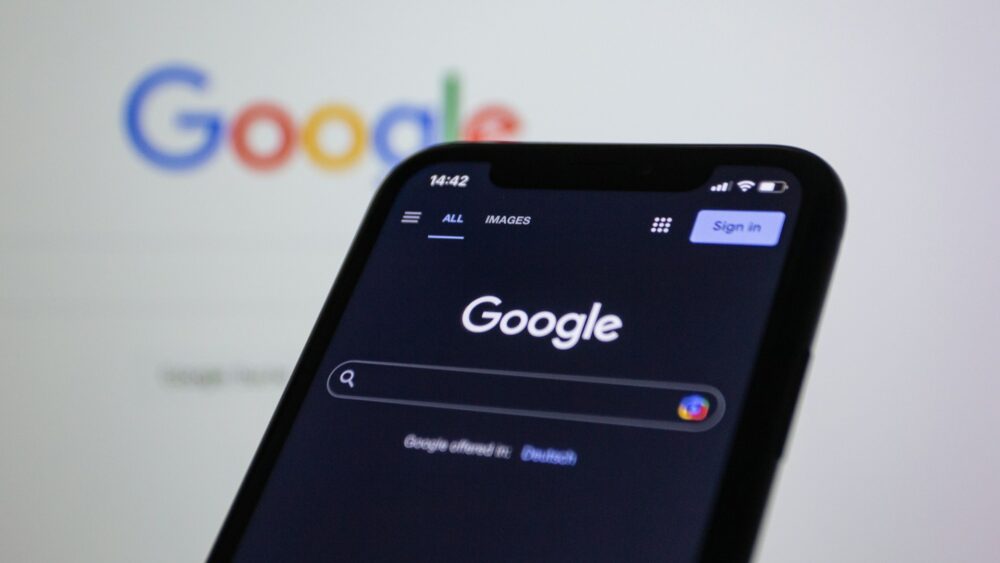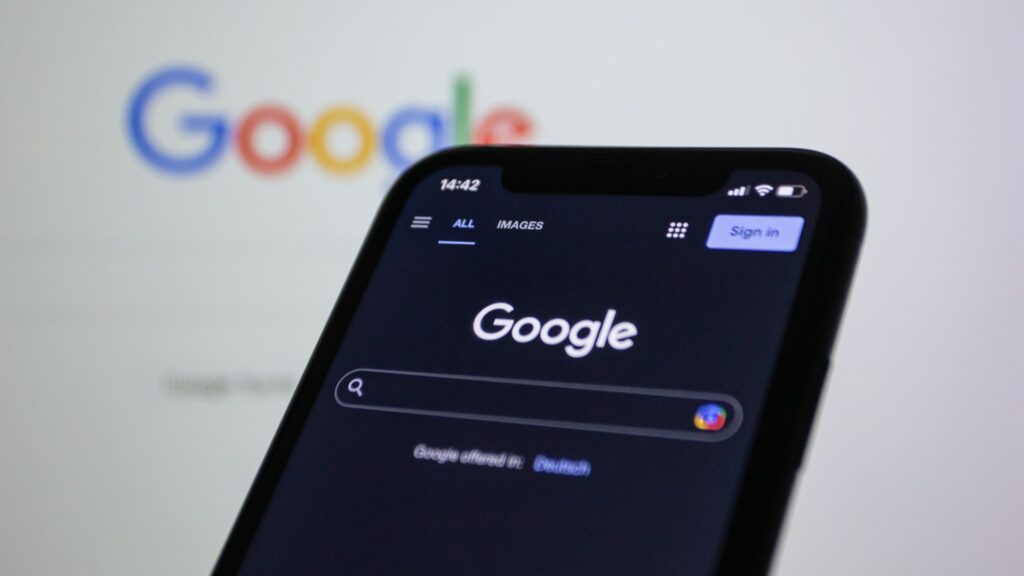How Does Google Decide Which Content to Remove from Search Results?

Google is often described as the gateway to the internet. When people want to find something, they “Google it.” But what happens when certain content suddenly disappears from those search results?
Whether it’s a web page, video, or image, Google’s decision to remove something from visibility can have massive consequences for the site owner and the audience who relies on that information.
While Google aims to make the web safer and more reliable, its content removal process is far from simple. It balances complex factors like user safety, privacy, copyright law, and misinformation. Understanding how and why certain content disappears helps businesses, creators, and everyday users protect their digital presence more effectively.
The Invisible Rules Behind Google’s Search Decisions
Every day, millions of pages are added to and removed from Google’s search index. The system relies on a mix of automated algorithms and human review teams that assess whether specific content violates laws or Google’s internal policies. This process includes everything from detecting harmful misinformation to addressing copyright infringement claims submitted under the DMCA (Digital Millennium Copyright Act).
When a legal complaint is filed, the company follows established frameworks such as the copyright removal google process. These systems are designed to handle reports quickly while maintaining fairness for both content owners and publishers. Still, given the volume of requests, errors or over-removals sometimes occur, causing frustration for legitimate website owners.
Key Reasons Content Gets Removed from Google

There are several main categories under which Google removes or deindexes pages from its results. These include violations of law, platform policy breaches, and user safety concerns. Each category is carefully reviewed, often requiring multiple checks before action is taken.
- Legal Takedowns: Requests made under laws such as the DMCA, right-to-be-forgotten regulations in the EU, or defamation cases.
- Copyright Violations: If copyrighted material is posted without permission, rights holders can request removal.
- Malicious or Dangerous Content: Websites containing malware, scams, or phishing attempts are swiftly delisted.
- Personal Data Exposure: Pages sharing sensitive information like private addresses or IDs can be taken down to protect individuals.
- Misinformation and Harmful Claims: During public crises or elections, Google may suppress false or harmful information.
While the system seems strict, Google typically aims to preserve the free flow of information. It only removes what it must—based on policy, legality, or potential harm.
How Google Balances Freedom and Responsibility
One of Google’s biggest challenges lies in balancing free expression with public safety and legal compliance. The platform cannot and does not remove everything that someone dislikes or disagrees with. Instead, it applies a framework that prioritizes transparency, fairness, and due process.
Here are a few ways Google maintains this balance:
- Transparency Reports: Google publishes detailed reports showing how many removal requests it receives and from which countries or organizations.
- Appeal Options: If a website believes its content was wrongfully removed, it can submit a counter-notice or appeal.
- Automation with Oversight: Although automated systems detect most violations, human reviewers assess complex cases to avoid false positives.
- Contextual Evaluation: Certain types of content—such as news coverage or commentary—may remain indexed if considered in the public interest.
This approach demonstrates Google’s effort to operate as both a technological platform and a responsible gatekeeper of global information. It’s a delicate balance that few other companies manage at such a scale.
When Your Content Is Removed: What You Can Do

Finding out that your content has been removed can be alarming, especially if your website depends on visibility for revenue or reputation. Fortunately, there are structured ways to respond. The first step is identifying the reason for removal. Google typically provides a notice explaining the decision or linking to the legal request.
Once you know why the content was taken down, you can:
- Verify ownership: Make sure your site’s materials are original or properly licensed.
- File a counter-notice: If you believe your content was wrongfully removed, submit documentation proving your rights.
- Request reindexing: After resolving the issue, use Google Search Console to request that your content be recrawled.
- Seek legal advice: In cases involving false claims or defamation, consulting with an expert may be necessary.
The Bigger Picture: Digital Trust in the Information Age
Google’s role as the world’s primary information filter carries immense power and responsibility. Its decisions about which content stays or disappears shape global access to knowledge and influence how we perceive truth and credibility online. While the system isn’t perfect, it continues to evolve toward greater transparency and fairness.
For website owners and creators, the key takeaway is to stay informed, protect their intellectual property, and maintain compliance with digital laws. Content visibility is no longer just a matter of SEO—it’s about trust, authenticity, and responsibility in an increasingly scrutinized online world.
When are Microloans Useful?

Microloans are somewhat similar to credit cards – you can borrow a small amount like $600 loan with CAfairpay for a short period until your salary.
Microfinance organizations (MFOs) are mostly visited by clients who already have another banking product. For example, a credit card, but the limit on it has already been exhausted. In such a case, banks may refuse to issue another credit card or consumer loan. And then a person can use the loan.
Plus, microloans are somewhat similar to the option of borrowing from friends and acquaintances. When you need money to buy essential goods, pay for a doctor’s appointment, or make a payment on credit products, and there are still a few days until your salary.
The main thing is to choose a proven MFO.



































